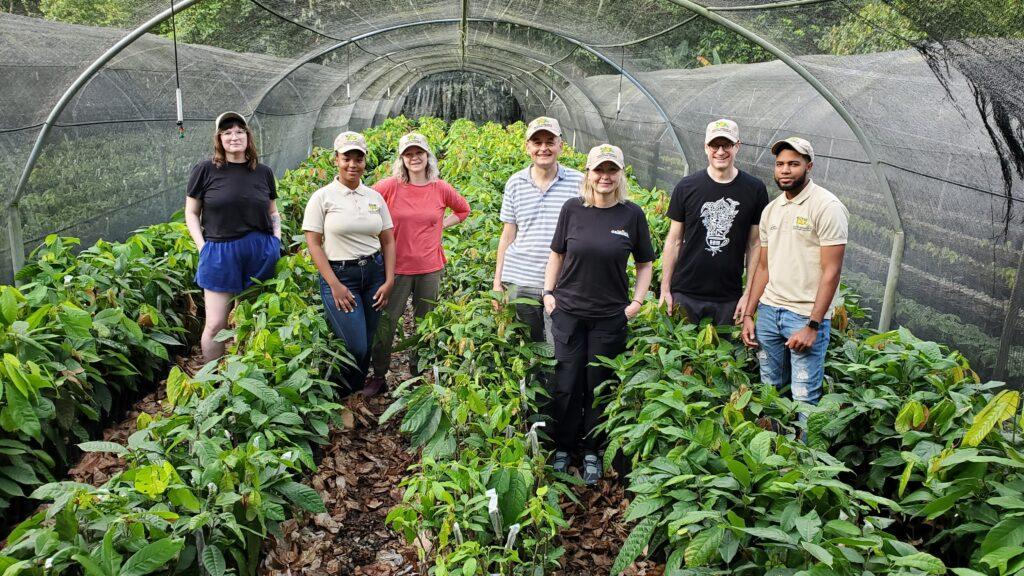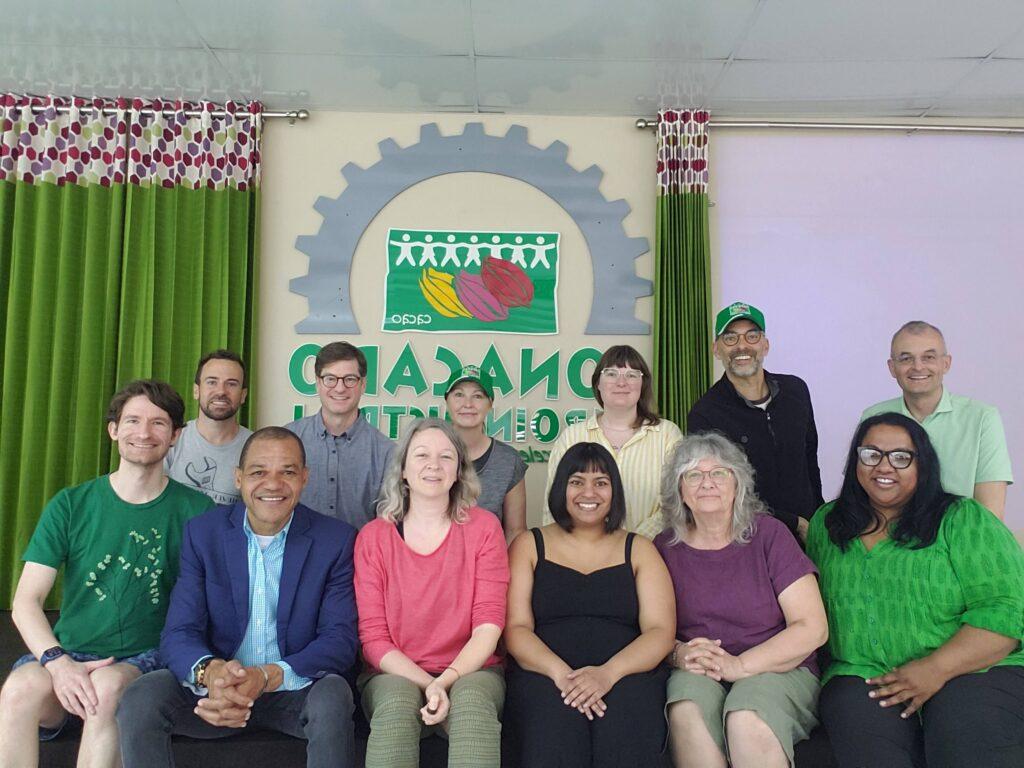By Equal Exchange
You’ve probably heard by now that our co-op, La Siembra, distributes Equal Exchange’s teas in Canada. But have you had a chance yet to try them? We hope this article will pique your curiosity ☺
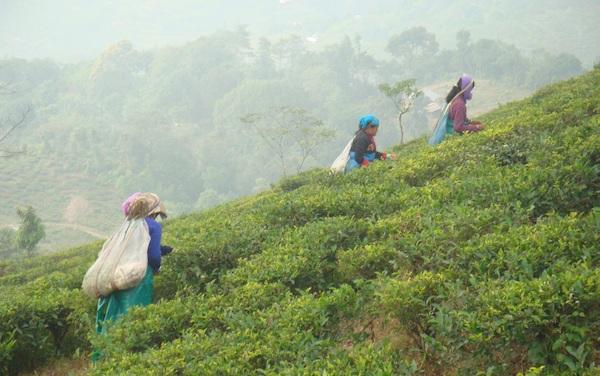
Tea provides a taste of place – the growing region’s soil and elevation, its rainfall, the season. Cultivating it requires hard work and skill. And it’s a crop that can be vulnerable to climatic variation and environmental pollutants. That’s why we source 100% organic tea from small-scale farmer co-ops.
Learn about the processing and packaging steps that Equal Exchange use to maintain its high quality, and how to store and brew your tea in a way that brings out its best characteristics.
Step 1: Growing and Harvesting
Did you know that both green tea and black tea come from the same plant? Native to Asia, the tea plant called Camellia sinensis thrives in tropical and subtropical climates. We source our black and green tea leaves from India and Sri Lanka, and our small-scale farmer partners know just what they’re doing. Their communities have grown this crop for generations.
When tea is produced conventionally, chemical residue can end up in the cup. Nobody wants to drink that! All Equal Exchange teas are certified organic. Instead of spraying chemical pesticides and fertilizers, our partners use natural pest deterrents, companion planting, and composting to make sure their tea plants remain healthy. These practices are better for worker safety and for the surrounding natural environment and eco-system. And we believe they lead to a high-quality cup of tea.
In some parts of the world, the tea harvest is mechanized. But our partners, often located in the most remote places, continue to pluck tea by hand – selecting only two leaves and the fresh bud to ensure the finest quality. That means a human being with knowledge and experience selects each leaf that gets plucked. In our supply chain, women typically do this work.
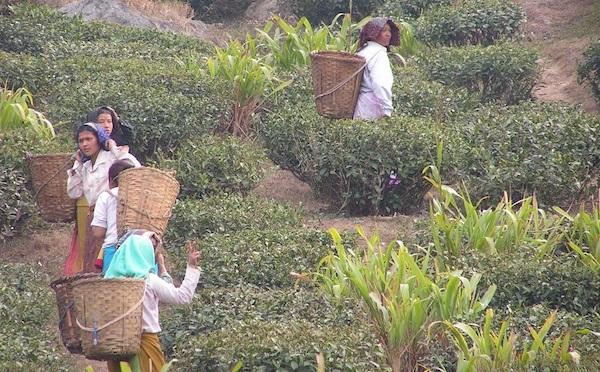
Step 2: Processing, Shipment and Quality Control
Tea must be processed within hours of plucking to maintain its high quality. Equal Exchange tea is prepared using the orthodox method. This involves a series of precise and traditional steps focused on preserving the characteristics of the tea leaf. It’s slower than the more mechanized CTC (cut, tear curl) method, but the quality is far better. Workers wither the leaves, steam or roll them, and control the level of oxidation to determine if the finished product will be black tea or green tea. Then, they fire the leaves to halt oxidation.
View the Infographic to learn more about the steps!
When processing is complete, the workers sort the tea leaves by size and grade and seal the loose leaves into large tea sacks for storage or shipment. Equal Exchange employees “cup” the tea (a process of tasting tea) and select every lot they purchase.
Equal Exchange tea utilizes a dual-chamber tea bag for a better steep. The bag is a special blend of abaca (a relative of the banana tree family). It’s free of potential adulterants like plastic and chlorine bleach. We’ve chosen an organic cotton string that’s attached to the bag without the need for glue or a metal staple. We don’t want anything to flavor your brew but tea!
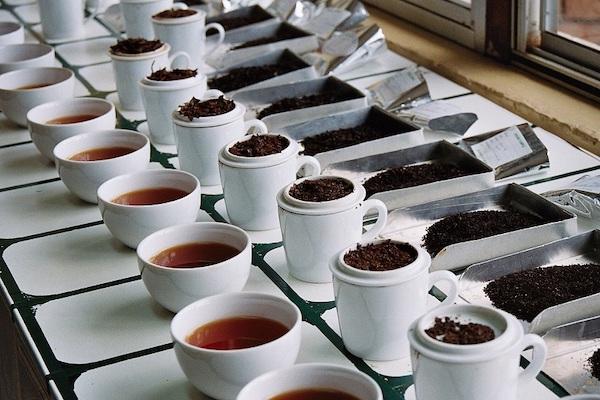
Step 3: Your turn!
After you buy tea, proper storage and brewing techniques will help you get the best taste. Store your tea away from heat, light and moisture. When you’re ready to brew a cup, make sure to use the right temperature water for the variety of tea you’ve selected!
In this video, Equal Exchange Food Safety Coordinator D Walls demonstrates their tips for brewing green tea, black tea and herbal tea correctly:
Now that you know how our Equal Exchange’s farmer-partners produce and harvest organic tea, how to prepare it for sale and how best to brew it, only one step remains: enjoy!
And for more information on Equal Exchange’s tea selection available in Canada, click here!
